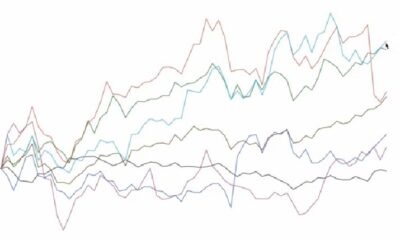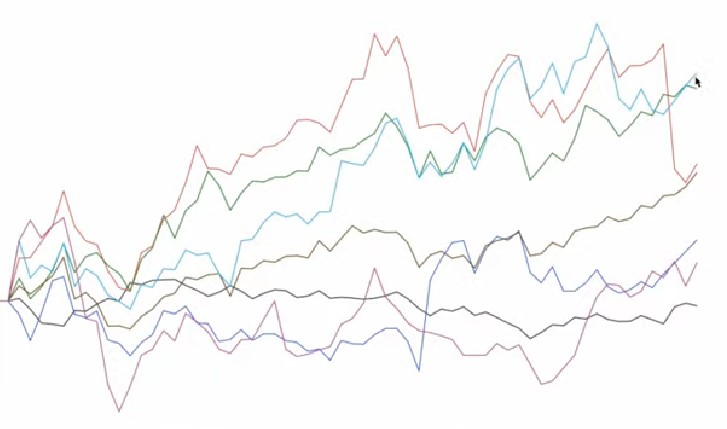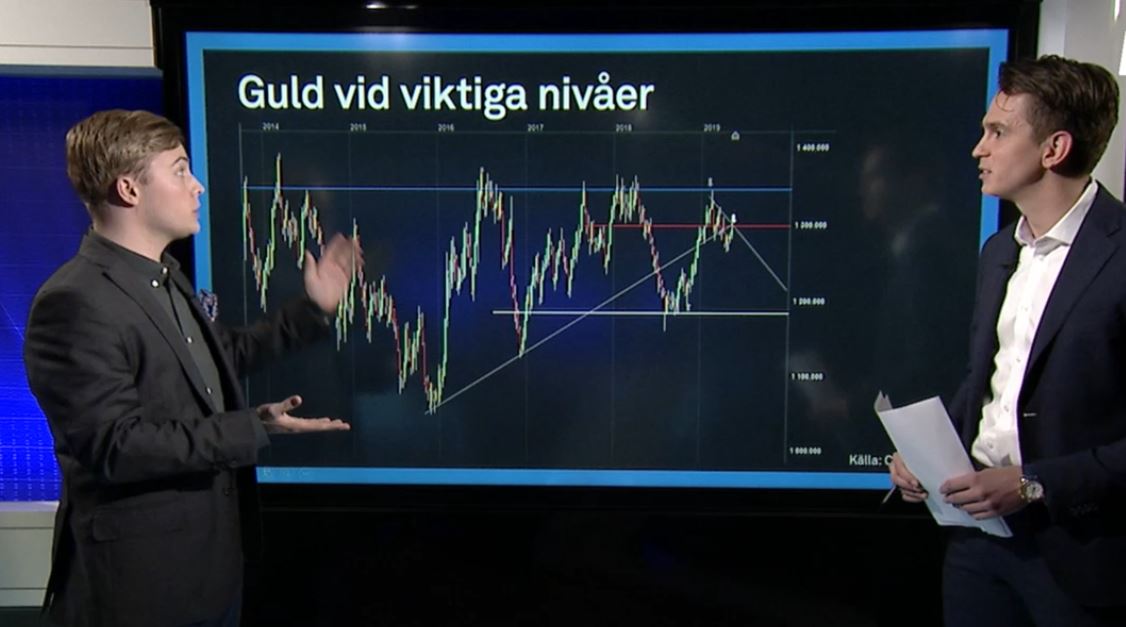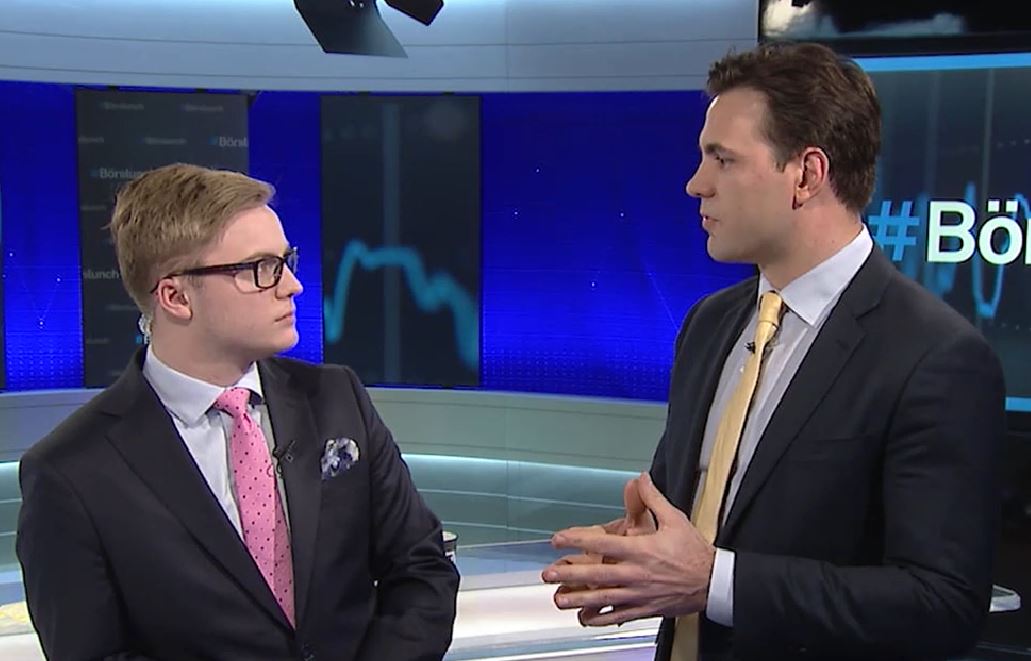Analys från DailyFX
FTSE 100: Treading Water Following Breakout
What’s inside:
- The FTSE 100 takes back more than ‘Brexit’ losses, breaks above resistance
- Large disparity in performance between the multi-national 100 index and the domestically focused mid-cap 250
- As long as support holds, bias is higher, but not a market to chase
The last time we discussed the FTSE 100 we were noting a major area of resistance just on the horizon. In the last commentary regarding the UK index, we made this notation on the chart, “Not interested in ‘blind’ sales here, but no doubt we are upon a reaction zone and want to pay attention to how the market responds.” The market’s response? The FTSE 100 went into ‘frontal assault’ mode, easily clearing through resistance levels; and thus giving zero reason to establish a short. This is why blindly shorting levels without first seeing a turn in momentum can be dangerous.
The day it broke on through to the other side was also the day the BoE’s Carney hinted towards a summer stimulus package (rate cuts, etc.) in the face of what the bank unquestionably believes will be a difficult period ahead for the British economy. The pound got slammed, stocks rallied on the commentary.
Especially the FTSE 100, where there are numerous large multi-national companies with revenue streams outside of the UK. Easy monetary policy means a weaker currency and a boost to corporate profits.
On the other hand, the FTSE 250, a mid-cap index, is more domestically focused, and thus didn’t receive the same kind of lift as the 100. The chart of this index is much more in line with other major European indices – the DAX and CAC – which are closer to making a post-Brexit low than they are to making a new high. The FTSE 250 is over 8% lower from its June 23 close, while the 100 is over 3% higher.
Getting back to the technical landscape for the FTSE 100: It has clearly breached major resistance, and thus far held on a retest, making new support out of old resistance. The consolidation following the large rise and break above resistance is encouraging. As long as the 6400s continue to hold, then the bias is upward. But keep in mind, the FTSE is a shifty index to trade and best traded from a mean-reversion trader’s perspective. Any purchases from here will likely be best served on a dip. Chasing breakouts is not likely to yield good results over the long-run. In the event we see the UK index sink back below 6400, then so will our bias on any failed attempts to rally following the breakdown.
FTSE (UK100) Daily
Start improving your trading skills today with one of our trading guides aimed at traders of all experience levels.
—Written by Paul Robinson, Market Analyst
You can follow Paul on Twitter at @PaulRobinsonFX, and/or email him directly at probinson@fxcm.com with any questions or comments.
Analys från DailyFX
EURUSD Weekly Technical Analysis: New Month, More Weakness
What’s inside:
- EURUSD broke the ‘neckline’ of a bearish ‘head-and-shoulders’ pattern, April trend-line
- Resistance in vicinity of 11825/80 likely to keep a lid on further strength
- Targeting the low to mid-11600s with more selling
Confidence is essential to successful trading, see this new guide – ’Building Confidence in Trading’.
Coming into last week we pointed out the likelihood of finally seeing a resolution of the range EURUSD had been stuck in for the past few weeks, and one of the outcomes we made note of as a possibility was for the triggering of a ’head-and-shoulders’ pattern. Indeed, we saw a break of the ’neckline’ along with a drop below the April trend-line. This led to decent selling before a minor bounce took shape during the latter part of last week.
Looking ahead to next week the euro is set up for further losses as the path of least resistance has turned lower. Looking to a capper on any further strength there is resistance in the 11825-11880 area (old support becomes new resistance). As long as the euro stays below this area a downward bias will remain firmly intact.
Looking lower towards support eyes will be on the August low at 11662 and the 2016 high of 11616, of which the latter just happens to align almost precisely with the measured move target of the ‘head-and-shoulders’ pattern (determined by subtracting the height of the pattern from the neckline).
Bottom line: Shorts look set to have the upperhand as a fresh month gets underway as long as the euro remains capped by resistance. On weakness, we’ll be watching how the euro responds to a drop into support levels.
For a longer-term outlook on EURUSD, check out the just released Q4 Forecast.
EURUSD: Daily
—Written by Paul Robinson, Market Analyst
You can receive Paul’s analysis directly via email bysigning up here.
You can follow Paul on Twitter at@PaulRobinonFX.
Analys från DailyFX
Euro Bias Mixed Heading into October, Q4’17

Why and how do we use IG Client Sentiment in trading? See our guide and real-time data.
EURUSD: Retail trader data shows 37.3% of traders are net-long with the ratio of traders short to long at 1.68 to 1. In fact, traders have remained net-short since Apr 18 when EURUSD traded near 1.07831; price has moved 9.6% higher since then. The number of traders net-long is 15.4% lower than yesterday and 16.4% higher from last week, while the number of traders net-short is 0.4% higher than yesterday and 10.5% lower from last week.
We typically take a contrarian view to crowd sentiment, and the fact traders are net-short suggests EURUSD prices may continue to rise. Positioning is more net-short than yesterday but less net-short from last week. The combination of current sentiment and recent changes gives us a further mixed EURUSD trading bias.
— Written by Christopher Vecchio, CFA, Senior Currency Strategist
To contact Christopher Vecchio, e-mail cvecchio@dailyfx.com
Follow him on Twitter at @CVecchioFX
To be added to Christopher’s e-mail distribution list, please fill out this form
Analys från DailyFX
British Pound Reversal Potential Persists Heading into New Quarter

Why and how do we use IG Client Sentiment in trading? See our guide and real-time data.
GBPUSD: Retail trader data shows 38.2% of traders are net-long with the ratio of traders short to long at 1.62 to 1. In fact, traders have remained net-short since Sep 05 when GBPUSD traded near 1.29615; price has moved 3.4% higher since then. The number of traders net-long is 0.1% higher than yesterday and 13.4% higher from last week, while the number of traders net-short is 10.6% lower than yesterday and 18.3% lower from last week.
We typically take a contrarian view to crowd sentiment, and the fact traders are net-short suggests GBPUSD prices may continue to rise. Yet traders are less net-short than yesterday and compared with last week. Recent changes in sentiment warn that the current GBPUSD price trend may soon reverse lower despite the fact traders remain net-short.
— Written by Christopher Vecchio, CFA, Senior Currency Strategist
To contact Christopher Vecchio, e-mail cvecchio@dailyfx.com
Follow him on Twitter at @CVecchioFX
To be added to Christopher’s e-mail distribution list, please fill out this form
-
Analys från DailyFX9 år ago
EUR/USD Flirts with Monthly Close Under 30 Year Trendline
-

 Marknadsnyheter2 år ago
Marknadsnyheter2 år agoUpptäck de bästa verktygen för att analysera Bitcoin!
-
Marknadsnyheter5 år ago
BrainCool AB (publ): erhåller bidrag (grant) om 0,9 MSEK från Vinnova för bolagets projekt inom behandling av covid-19 patienter med hög feber
-
Analys från DailyFX12 år ago
Japanese Yen Breakout or Fakeout? ZAR/JPY May Provide the Answer
-

 Marknadsnyheter2 år ago
Marknadsnyheter2 år agoDärför föredrar svenska spelare att spela via mobiltelefonen
-
Analys från DailyFX12 år ago
Price & Time: Key Levels to Watch in the Aftermath of NFP
-
Analys från DailyFX8 år ago
Gold Prices Falter at Resistance: Is the Bullish Run Finished?
-

 Nyheter6 år ago
Nyheter6 år agoTeknisk analys med Martin Hallström och Nils Brobacke











